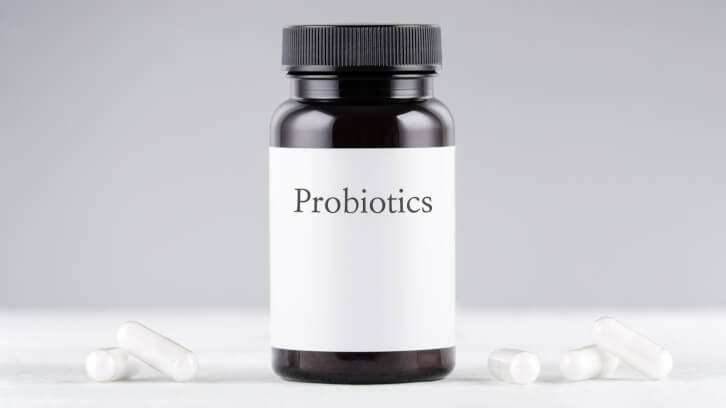The review, published in Frontiers in Microbiology, is authored by an international panel of experts from academia and industry, led by Prof. Irina Spacova from the University of Antwerp in Belgium.
"We believe this publication will help stakeholders develop and implement probiotic products more efficiently by understanding the implications, requirements and opportunities within each probiotic product category," said Prof. Spacova.
The paper was conducted under the patronage of the International Probiotics Association (IPA).
Commenting on the review, George Paraskevakos, IPA’s executive director, told us: “There is a plethora of commercialized probiotics in the market targeting a wide range of consumers and applications, but if we can underline one of the key takeaways from this concise analysis - it always comes back to the intended use and geographic environment.
“If stakeholders keep this in mind when analyzing or even reviewing probiotic products and their choices, it would clear up some of the unfounded myths we hear about probiotics not being regulated or even effective.”
Definitions
The paper starts by defining probiotic food and probiotic dietary supplements as foods and supplements containing probiotics (“live microorganisms which when administered in adequate amounts confer a health benefit on the host”, Hill et al, Nat Rev Gastroenterol Hepatol, 2014), that are “intended to maintain or enhance a healthy state in a healthy or at-risk population”.
Fermented foods are not necessarily probiotic foods, added the authors, unless they contain live microbes that are characterized to the strain level and have a documented health benefit.
Live biotherapeutics (LBPs) are “a biological product that: (1) contains live organisms, such as bacteria or yeasts; (2) is applicable to the prevention, treatment, or cure of a disease or condition in human beings; and (3) is not a vaccine” (as defined by the U.S. FDA).
All three categories are subject to specific regulations, noted Prof. Spacova and her co-authors, and these can vary by country or region regarding legislation, possible claims, market value and quality requirements. They noted that it is not always straightforward to classify a probiotic product into one of these categories.
“Whether they require a pre-marketing registration for the finished product or the ingredient, a notification, have immediate access to the market, or are part of established positive or negative lists, whether claims about their benefits can be made or not, whether the evidence is to be submitted to the authorities or not, a probiotic must be characterized, safe, produced following controlled quality, meet its specifications, lawfully marketed, and adequately labeled according to the intended use with truthful messages that are supported by verifiable data,” they wrote.
A challenging task
In comments to NutraIngredients-USA, Solange Henoud, Rosell Institute for Microbiome and Probiotics and co-author on the paper, said that while the purpose of the paper was not meant to conduct a deep regulatory analysis of each category, it does help stakeholder to “understand the challenges, provisions, harmonized and non-harmonized regulatory practices and views between categories, between countries for the same category as well as other elements to consider when outlining a strategic path forward”.
“Probiotics are conveniently combined into one category. That, of course, is an oversimplification,” said Arthur Ouwehand from IFF Health and co-author on the paper. “Depending on their intended use, as food, dietary supplement, or Live Biotherapeutic Product, etc. their manufacturing, quality control, product application may be different. On top of that comes the regulation that is different per product category and geography. Our paper aims to highlight this complexity.”
Source: Frontiers in Microbiology
doi: 10.3389/fmicb.2023.1272754
“Comparing technology and regulatory landscape of probiotics as food, dietary supplements and live biotherapeutics”
Authors: I. Spacova et al.




